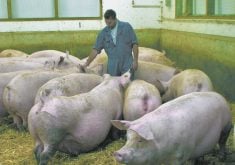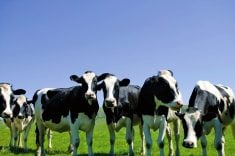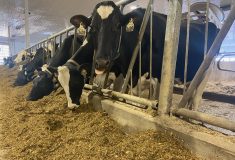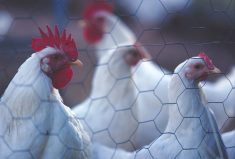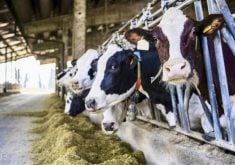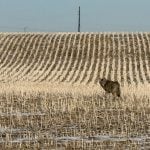Lactanet says dairy producers will soon have access to genetic information on tested bulls and females that carry the defect for muscle weakness (Holsteins) and the BH14 haplotype (Brown Swiss).
Why it matters: To prevent potential spread of the fatal defects, breeders must avoid mating two recessive carrier-status animals.
Dr. Allyson Fleming, a geneticist with the national organization, provided an update about the planned website additions during Lactanet’s recent Open Industry Session webinar. She said the global dairy genetics sector has now gathered enough information about both defects – muscle weakness (originally called “calf recumbency”) in Holsteins, discovered in 2023 in the United States; and the BH14 haplotype in Brown Swiss causing early pregnancy loss, discovered in Switzerland in 2022 – to allow for accurate predictions of carrier status.
Read Also
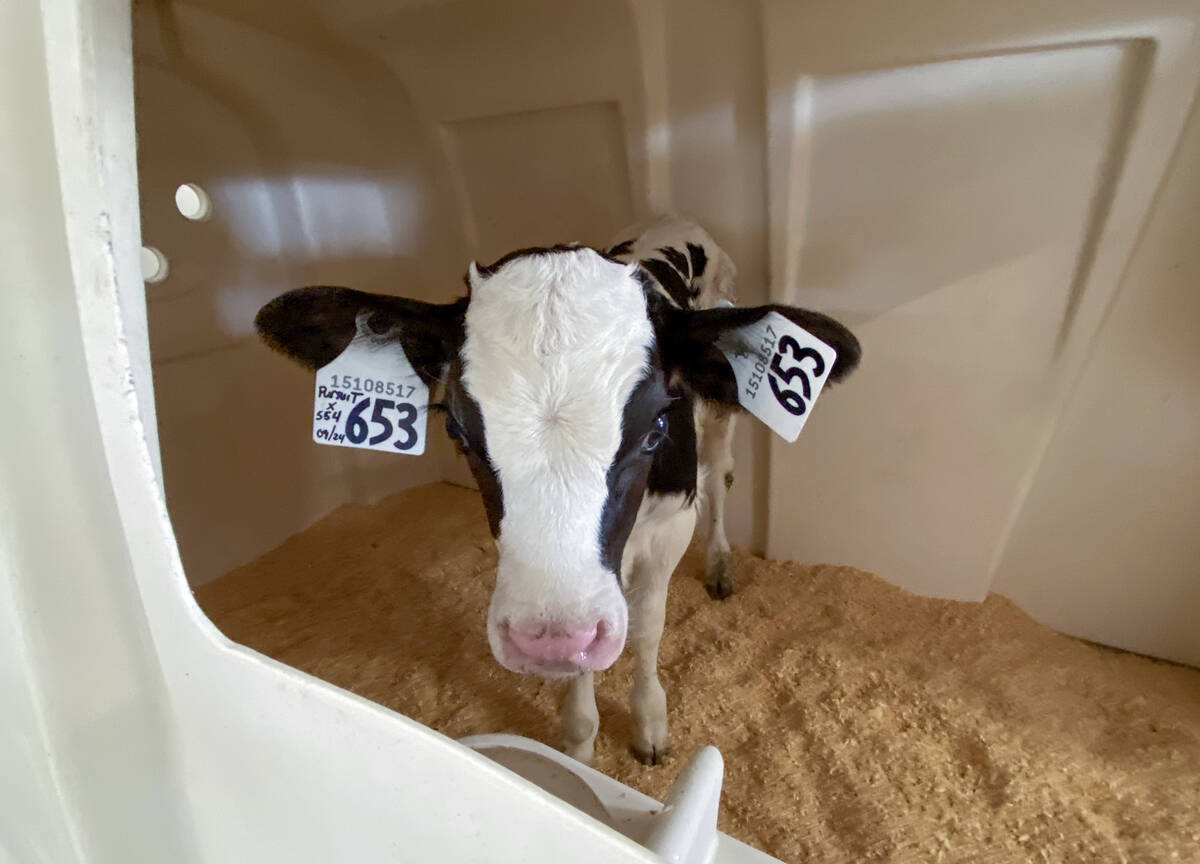
Lactanet turns methane expertise into business opportunity
Lactanet’s new fee-for-service breeding tool initiative to reduce greenhouse gas emissions in Canadian and Swiss Holstein herds will launch in April 2026.
Lactanet already displays genetic test results for bulls and females enrolled in genetic testing programs for recessive traits that cause a range of dairy disorders. This includes six known haplotypes affecting fertility in Holsteins, one causing cholesterol deficiency in Holsteins, and four more affecting fertility in either Jersey, Ayrshire or Brown Swiss.
Most are straightforward due to a relatively simple recorded occurrence pattern of the defects. Animals are described as either “carrier” or “free.” Lactanet’s cholesterol deficiency defect information includes a third category, “possible carrier.” That’s because some animals carry the recessive gene but don’t develop the defect and don’t pass on the affected haplotype.
Because a similar trend has been recorded for muscle weakness, information about the recently discovered Holstein defect will also be displayed with three categories. The possible carrier label means probability is low that the animal has the haplotype but based on its bloodlines, it may still be affected or a carrier of the recessive gene, said Fleming.
Lactanet is now able to work toward publishing the muscle weakness probabilities due to the release in late 2023 of genetic evaluations of bulls and females by the U.S.-based Council on Dairy Cattle Breeding (CDCB). The complexity of the carrier/non-carrier/probable carrier model was highlighted by the U.S. organization when it published its genetic evaluations on Dec. 5.
“Breeders should be aware that CDCB anticipates that a significant number of the seven million Holstein genotypes in the database will receive status 3 or 4 for (muscle weakness), meaning ‘probable carrier’ and ‘probable homozygous,’ respectively,” a news release about the genetic evaluations explained.
“These calls are reported as ‘probable’ due to the inability to confirm the presence of the mutated haplotype through available pedigree information.”
Fleming said that, according to information gathered since the defect’s discovery in early 2023, the U.S. has a slightly higher percentage of muscle weakness carriers – approximately 12 per cent – in its Holstein herd than Canada. She cited a greater prominence of the carrier bull Robust in U.S. Holstein breeding programs for the difference.
Still, she said some Canadian herds could have as high as 40 per cent of females either carrying or possibly carrying the defective gene. Those herds “are going to have to be very careful not to breed to sires that are also carriers.”
The early pregnancy loss defect in Brown Swiss was first identified in the offspring of a 1978-born bull named Ventures ESP Babary.
When the defective gene carrier probability database is next updated in coming weeks, Lactanet will add information for both muscle weakness and BH14.






